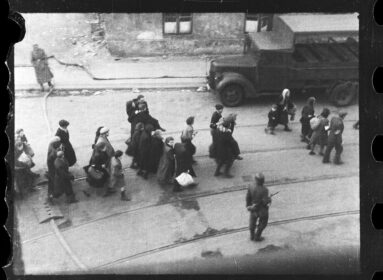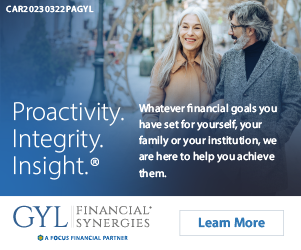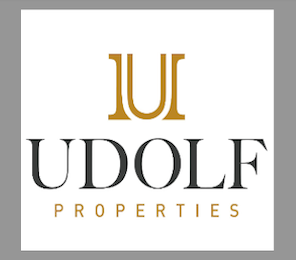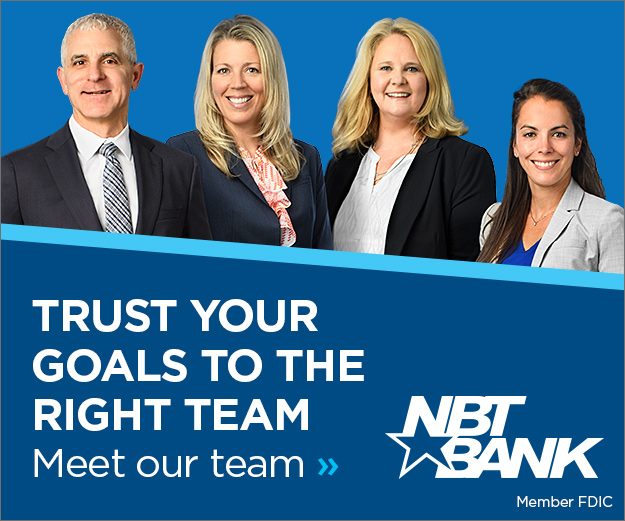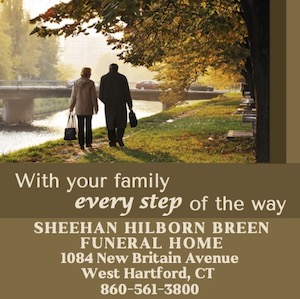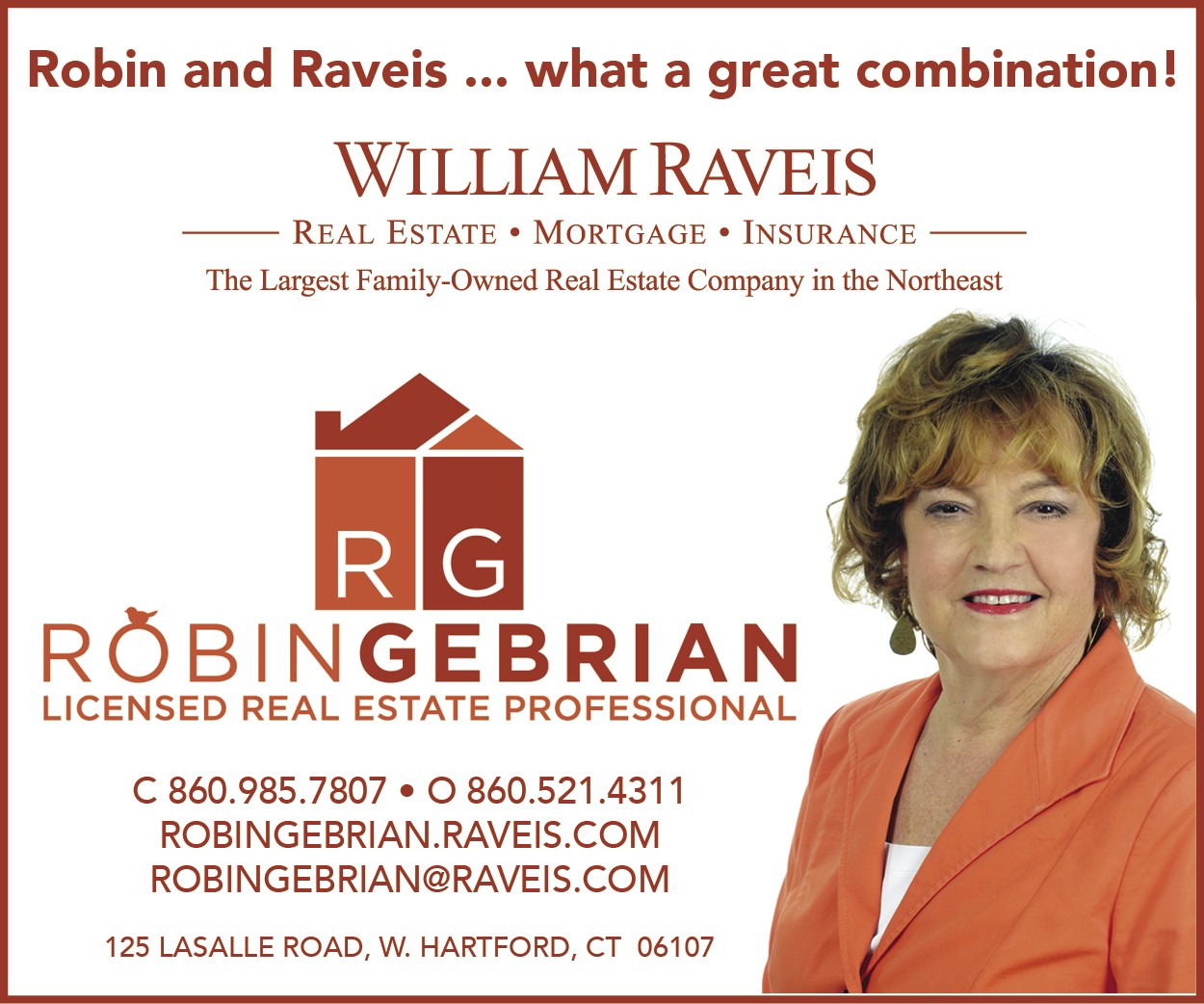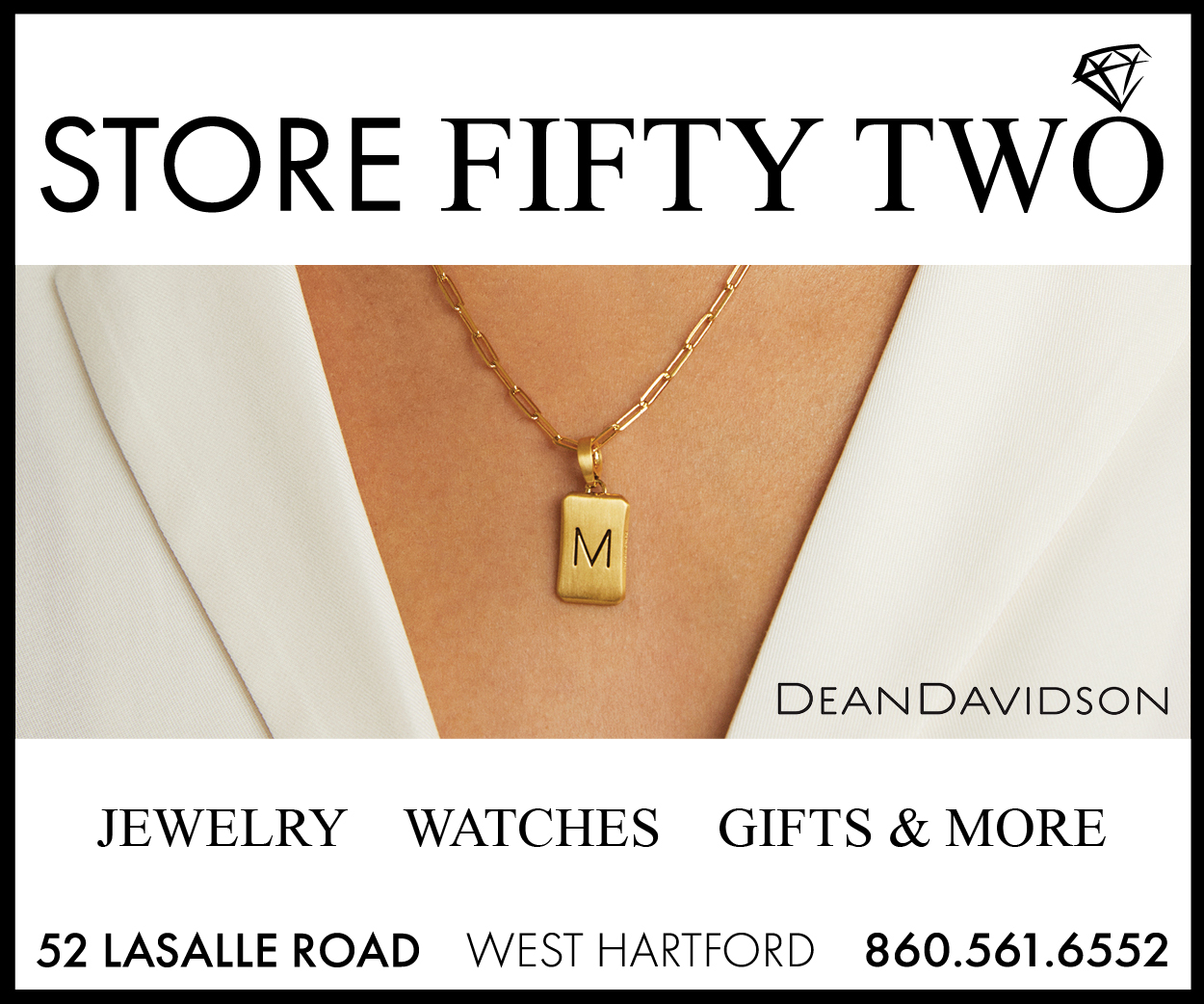
“Non-profits are much harder to run in some ways than for-profits…”
By Cindy Mindell
WEST HARTFORD – “As a community, we are only as strong as the weakest thread in the chain that holds us together,” Michael Johnston, president and CEO of the Jewish Community Foundation of Greater Hartford wrote in a recent blog post. “…What if by investing in our institutional infrastructure we could turn those threads into steel cables that could hold us all up? What does this look like?”
The answer may lie in the Center for Innovative Philanthropy, the Foundation’s new creation, designed to harness ideas from around the globe, introduce groundbreaking approaches to philanthropy, and employ best practices to increase the impact of non-profits and donors across the Greater Hartford community. Headed by Kathryn Gonnerman, the Foundation’s former director of communications, the Center provides resources, education, and proactive support for donors, non-profit organizations and the community as a whole.
Gonnerman spoke with the Ledger about how the Center for Innovative Philanthropy could change the charitable landscape of the Greater Hartford Jewish community.
Q: How did the idea for the Center for Innovative Philanthropy come about?
A: It’s been on our mind for some time, we’ve been thinking about lots of these issues. The Aim Chai endowment campaign was a catalyst for this. The Center is one of the innovative projects that’s come out of the campaign. It was in response to a few things that we heard from donors. One is, “I’m interested in understanding what’s out there and how do I get involved in that discussion?” Another was, “I really want to make sure that our non-profits are as strong as possible because I love what they do and I want them to be able to do it even better.” And the last piece was, “I’m curious about our community; I want to understand it better and I want to understand the direction it’s going in.”
Through those conversations and the conversations we were already having, we’ve probably been in the planning stage over the last 18 to 24 months. What we’re trying to leverage is not just our financial capital but also our expertise and some of the energy that’s in the community to increase our overall impact. We’re using as many levers as we can to make sure that every dollar being used in this community in a philanthropic way is being maximized.
Q: What is it exactly the Center does?
A: There are three major components to the work: First, non-profit capacity-building. We’re trying to help non-profits strengthen their own effectiveness by strategic investments and training and workshops and mentoring and coaching. Second, there’s a donor component. A lot of donors come to us and are interested in new approaches to philanthropy; they want to understand the buzzwords and there’s a lot of information out there and it’s tough to sort through it all. We’re working on two phases to that: philanthropic advisory services, which can be individual and we’re going to have a conference in future and that kind of support, where we’re going to help people understand the trends in philanthropy, major issue areas, and talk through their own circumstances and what they want to achieve and help them do that. The third arm is helping the community understand itself better through data and research so that we’re making decisions based on empirical evidence, not just assumptions. There’s been a lot of interest in that for a long time, so part of that work will be a community-wide demographic and perception study, and then also some issue-based research and some more research and information about these different philanthropic approaches.
Q: How does the Center differ from and/or enhance the existing focus and work of the Foundation?
A: The effort is unique. There are lots of resources to help non-profits improve their effectiveness. The Foundation has always done philanthropic advising and there’s been an interest in data for a long time. What’s different and unique about this effort is two-fold: it’s the focus we’re putting on it. This is my full-time job. It is a major effort and focus of the Foundation, part of our strategic plan, and part of what we see as our role in supporting the community.
If we have a group of donors who want to implement a new innovative approach to philanthropy, we need our agencies to be adaptive and sustainable enough that they can try something new. It’s very hard to do something new when you are absolutely strapped. There are a lot of agencies interested in trying new things and have had to say, “we have to focus on the issue at hand. In the same way, if we want to do something big or something innovative or something really focused, we need to have the data to be sure that that is a good way to direct our philanthropic efforts.” We think that it’s essential that donors understand those issues of non-profit effectiveness and capacity-building so that they can make decisions that will also support those efforts.
As a community foundation, because we are created by the community for the community, we have a role to play that’s more than just a bank. I think where the assumption used to be that a community foundation was a passive receptacle for the community, now we’re really looking to use more than just grants. We are still pushing forward with grants – but we have a role to play as a connector and as a sharer of knowledge across donors and non-profits and the region.
Innovation happens all over the country; who has time to keep up with what’s happening and what’s working and what’s not working? So we’re trying to help bring some of that knowledge and that energy for continuous learning into our community. That’s a role that we see as key to our mission.
Q: Who is doing the coaching and mentoring of donors and your non-profit partners?
A: One of the things that we recognize is that none of this is one-size-fits-all; so we’re still working out the various resources that we’re going to be providing. One of the things that I’ve been hearing in terms of a best practice across the board is that you have to let people choose their own partners, because you can’t dictate from here who is going to have the best partnership. The best we can do is create a framework that says, here are the expectations, and make sure people are on board with that.
We said, far be it from us to decide what our partner agencies’ priorities are; so we spent the last two months doing the “Agency Road Show,” talking with the agencies’ directors to find out what their priorities are. Of course, there are some priorities that are organization-specific, but there are a number that cross the entire community. That’s how we’re choosing our priority areas for next year.
One of the things that we’ve heard is that mentoring, coaching – longer-term training and development – is the most helpful because one of the challenges is not so much knowing what they could be doing; it’s figuring out which of those best practices they can implement. It takes a lot of energy and a lot of resources to implement a new way of doing things. You can’t just go to a half-day workshop – you can’t revolutionize how you approach a certain issue in three hours. It’s balancing depth and breadth: you want to give people a breadth of issues to look at but, at the same time, there are certain things that they need to be able to really go into depth on. We’re starting with the depth issues because there are so many great organizations that do provide a breadth of training – the Connecticut Association of Nonprofits, the Nonprofit Support Program at the Hartford Foundation for Public Giving; there’s a great program at Fairfield County’s Community Foundation. There’s a lot of great training out there; so for our cohort we’re looking at what are the key issues that across the board are challenging.
Q: What are some of those priorities that cross the community?
A: We’re still looking at that. We have the data from the conversation we’ve had and we’re going to do a follow-up conversation with everyone to confirm that, so we’re not quite ready to say definitively. The main thing is that it’s going to be an ongoing, iterative process. We’re not coming from a place of deficit: we have great non-profits that are doing great work.
It’s really hard to run a non-profit. One of my mentors used to say that the hardest job he ever had was running a non-profit – and he used to run big-time companies. Non-profits are much harder in some ways than for-profits because for-profits have the market giving them constant feedback. If your stock goes down when you’re a for-profit, then you have to do something to get your stock to go back up. How do you do that as a non-profit? It’s a lot harder to manage a non-profit and they do incredible work in terms of resourcefulness. A lot of our non-profits are like big rubber bands – they are constantly stretching and then figuring out a way to catch back up, and they are incredibly flexible and adaptable. The question is, how could we, with targeted funding and support, help them to increase that adaptability and that resilience? That’s one reason that we’ve been focusing on endowments. That’s what we’re here for: we believe that endowments can help with that resilience as well, but there are other ways that we can help.








 Southern New England Jewish Ledger
Southern New England Jewish Ledger